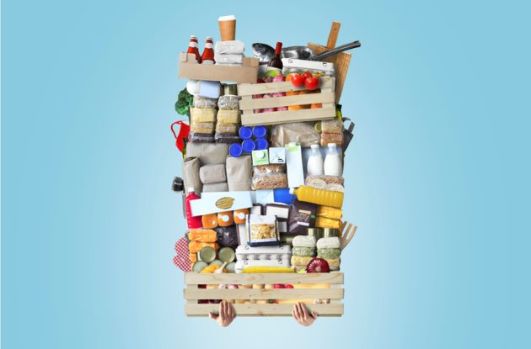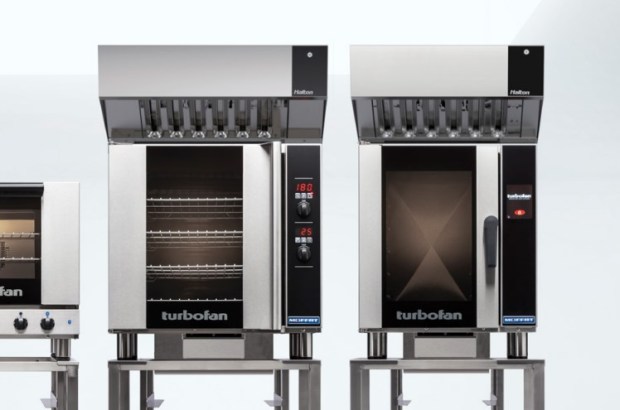Food prices were 7.6 percent higher in March 2022 compared with March 2021, Stats NZ announced today.
This was the largest increase since the year ended July 2011 when prices increased 7.9 percent, then partly influenced by a GST increase from 12.5% to 15% in October 2010.

Food price increases were widespread in the year ended March 2022 with increases in all categories that Stats NZ measure:
- grocery food prices increased 6.7 percent
- fruit and vegetable prices increased 18 percent
- restaurant meals and ready-to-eat food prices increased 5.1 percent
- meat, poultry, and fish prices increased 8.7 percent
- non-alcoholic beverage prices increased 2.7 percent.
“Average prices for vegetables like tomatoes, broccoli, iceberg lettuce, and cabbage were notably higher than they were in March 2020 and 2021,” consumer prices manager Katrina Dewbery said.
Food price increases were widespread in the year ended March 2022 with increases in all categories measured by Stats NZ.
Grocery food prices increased 6.7 per cent, fruit and vegetable prices increased 18 per cent, and restaurant and ready-to-eat food prices increased 5.1 per cent.
Prices for meat, poultry, and fish prices rose 8.7 per cent while non-alcoholic beverage prices increased 2.7 per cent.
“Average prices for vegetables like tomatoes, broccoli, iceberg lettuce, and cabbage were notably higher than they were in March 2020 and 2021,” Stats NZ consumer prices manager Katrina Dewbery said.
“There were also higher prices for dairy products like two-litre bottles of standard milk and one-kilo blocks of mild cheese.”
These increases were partly offset by decreasing prices for avocados, boxed chocolates, and bacon.
Monthly food prices rose 0.7 per cent last month compared with February.
After removing regular seasonal impacts, food prices rose 0.4 per cent. This means that the price increase in the unadjusted series was greater than the expected seasonal increase from February to March.
Grocery food prices were the main contributor to the monthly increase, mainly influenced by higher prices for yoghurt, canned spaghetti, chilled meat pies, and even tomato sauce, Dewbery said.
Fruit and vegetable prices rose 1.2 per cent in March, influenced by higher prices for cabbage, tomatoes, strawberries, and kumara.
“The average price of cabbage increased 28 percent in March, from $3.92 to $5.03 per kilogram,” Dewbery said.
Meat, poultry, and fish (up 0.9 per cent), non-alcoholic beverages (up 0.9 per cent), and restaurant meals and ready-to-eat food (up 0.3 per cent) also contributed to the rise in March.








